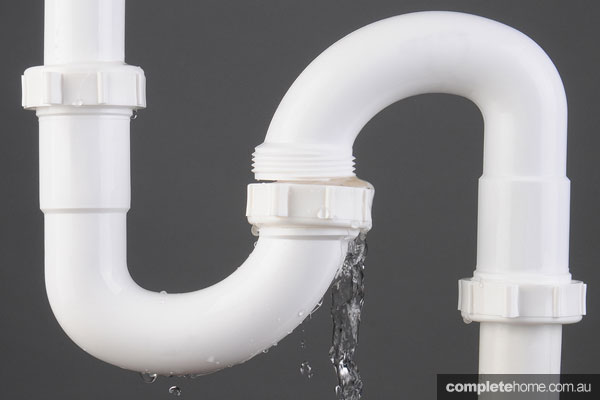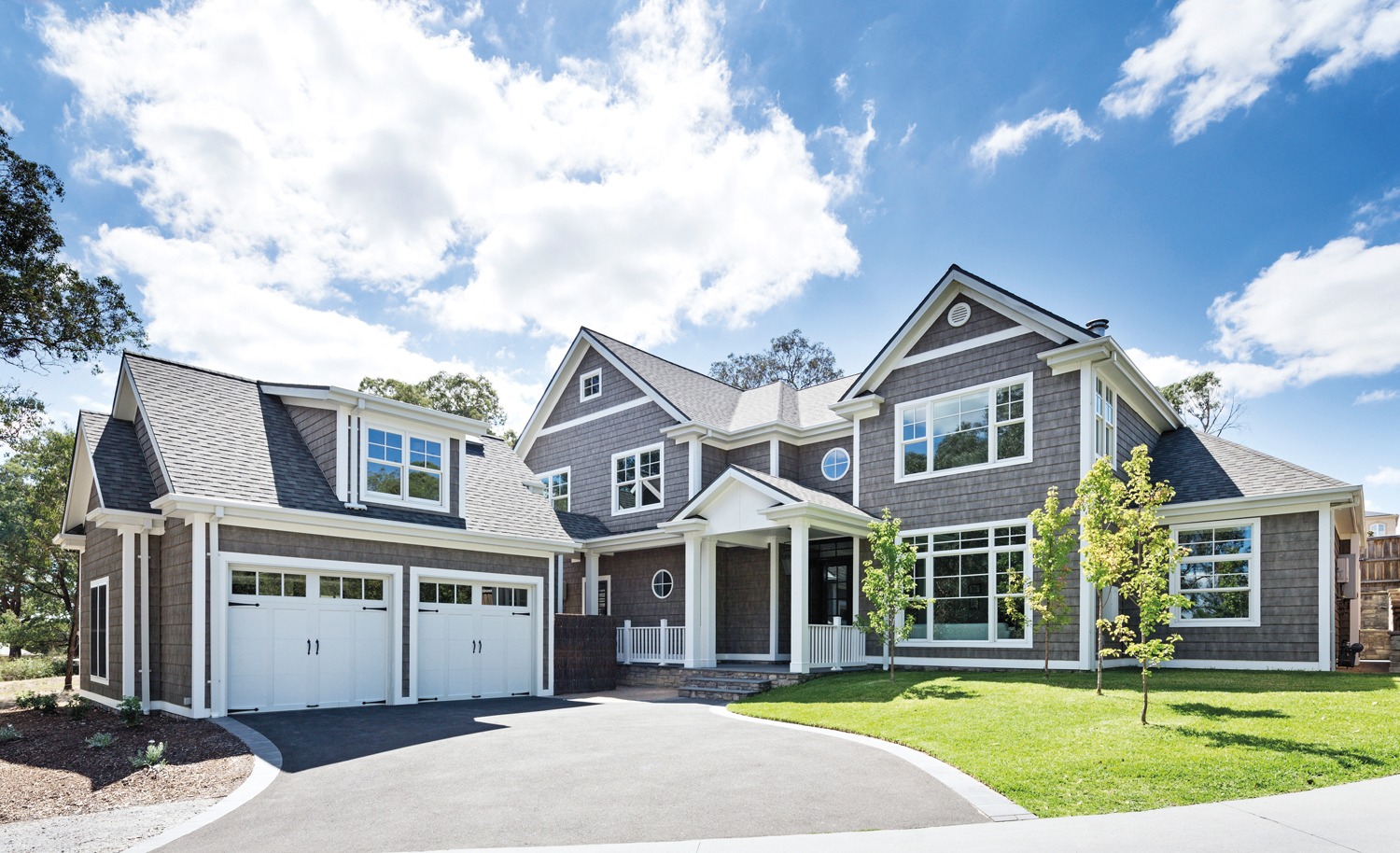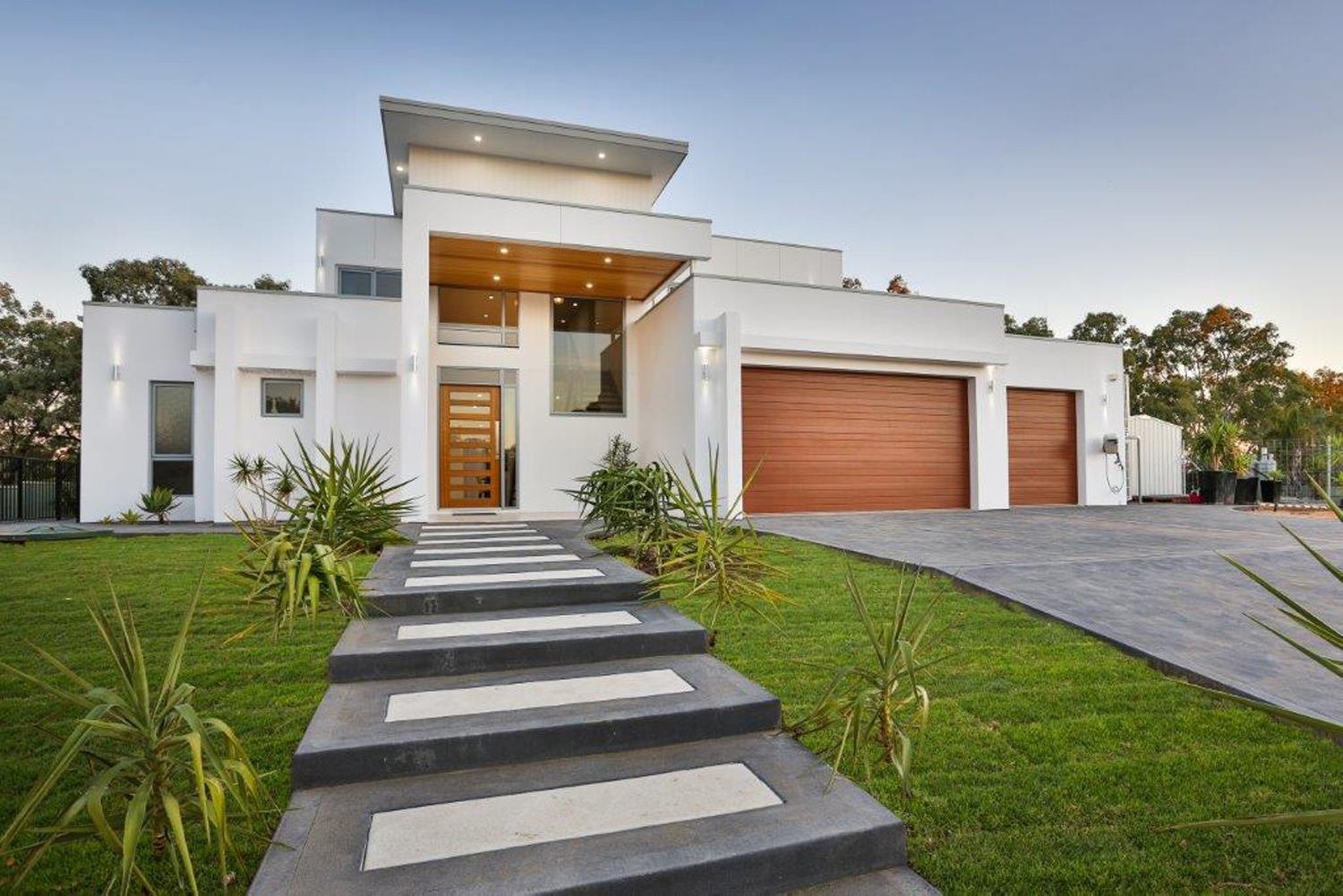Avoid the dreaded cold morning shower with sustainability expert Ian Cleland’s advice on how to plan your plumbing.
You’re the last one in the house to get up — you have to be at that breakfast meeting with a client. You hop into the shower and turn on the hot water but there’s no hot water, no water pressure and the washing machine is on downstairs. So you take a cold shower and with that feeling of not being washed, you leave for the appointment. Not the way you want to start your day.
It doesn’t always happen yet when it does, it’s annoying beyond belief. If this is happening in your home, is it because the existing plumbing is poorly designed or is it that the house you have just purchased has the same plumbing as when it was built 50 years ago?
It cannot be emphasised more that when you are renovating your home including bathrooms, kitchens and laundry, don’t scrimp on saving a few dollars on your plumbing for both hot and cold water supply and the sewer system. Not getting it right during construction is going to cause you grief and expense if you decide to rectify the problem afterwards.
There are minimum standards required for all plumbing that is installed by a qualified plumber. And yes, you should have a qualified plumber install your plumbing. If you have a plumbing mate, you can work with him to save on costs and he can certify all the work that is carried out. All installed piping has to be pressure tested for leaks and inspected, particularly if the pipework is to be covered or encased in concrete.
What are the some of the main issues?
For water supply they are:
- Reducing the size of the pipes. If you have a number of hot and cold outlets in your bathrooms, kitchen and laundry, running a 12mm pipe across the whole network of pipes is going to lead to poor water pressure if a number of taps are turned on at once. Work out what your pressure losses are when you have a number of taps on at the same time and size the pipes accordingly. It is about controlling water pressure, versus not having any at all.
- Poor location of pipe outlets from floor and walls. Give yourself flexibility when connecting to toilet cisterns by using flexible pipes. Plumbing is not always an exact art and it is good to have some built-in flexibility.
- Water hammer. This happens when there are changes in direction, wrong pipe sizes and pipes not firmly fixed. If this is a problem it can lead to breaks at joints over time. To avoid, place a water hammer device in an appropriate location in the system, particularly at the end of long pipe runs.
For sewer and stormwater pipework:
- Flexibility in design. All grey water, black water and stormwater, which is either treated on-site or taken to a sewerage plant for treatment, have very strict regulations for the correct type of pipe work, sizes, materials and installations. Also, all stormwater must be separated from the sewer. What is important is the location of inspection and cleanout points in the pipe work. Also, is the location of ventilation at the highest point in the system so that any gases are vented to the atmosphere? All outlets from sinks, showers and baths must have the appropriate water traps to prevent the venting of smells into the home. You might consider in the design the separation of grey water (water from the bathroom, laundry and kitchen) and black water (toilets). Grey water can be treated and recycled easily for reuse in toilets and to water your garden.
- What you flush into the sewer system. There are many liquids that cannot be disposed of into the sewer system. Unfortunately, this is often a case of “out of sight, out of mind”. Management and treatment of the sewerage and the ultimate separation of waste and water recycling is affected by excessive chemical content of the sewerage and can lead to a complete collapse in the treatment of sewerage and add considerable cost to treatment.
Build in flexibility and ease of access to your pipe work. I would go so far as having pipework either exposed on pipe racks, inside a larger PVC pipe or in a duct. If you followed what is built in a commercial building, your plumbing would offer ease of access for repair or modification.
Like all good design, plumbing takes planning.
By Ian Cleland
Image by SCPhotog/bigstock.com
From Renovate magazine Vol. 9 No. 2




